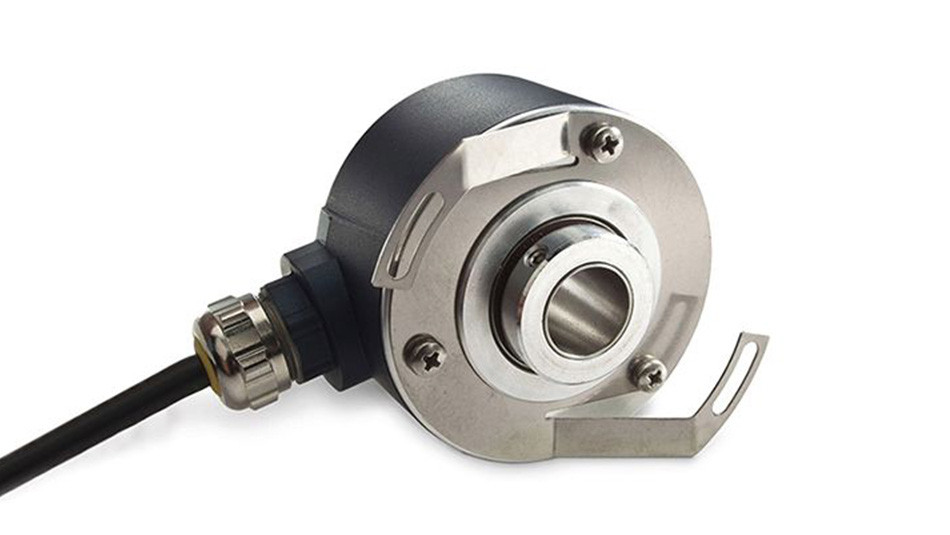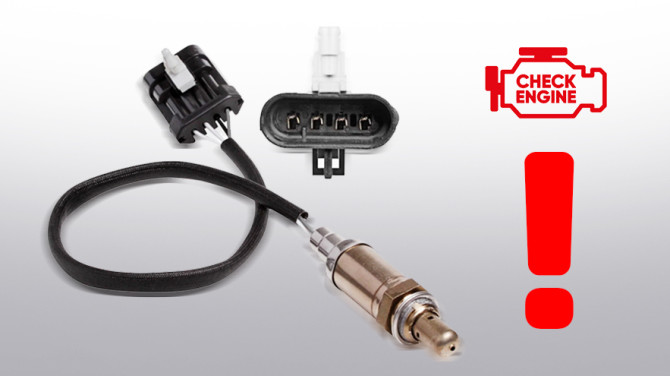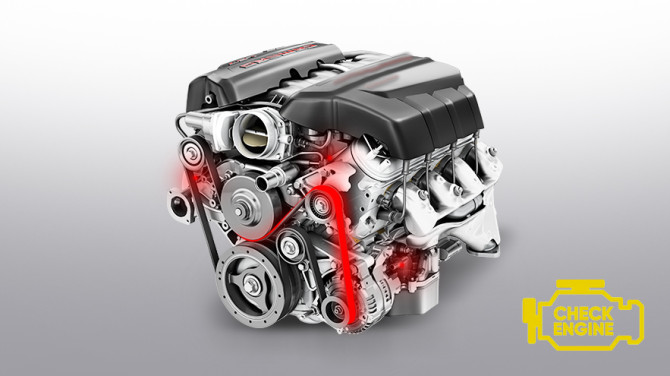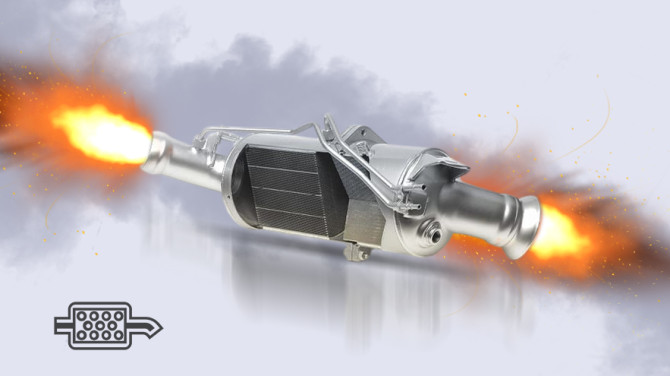Steering angle sensor — what is it and why is it needed?

Many drivers have heard of the steering wheel angle sensor or steering wheel position sensor. But few people realize the full significance of this control element. Did you know that the operation of the entire electric power steering depends on the condition of the sensor?
Technical Information about the Sensor
The steering wheel angle sensor is an element of electric power steering that determines the position of the steering wheel within a range of 720 degrees in each direction. The sensor is most often installed on the electric column under the steering wheel, less frequently on the distributor shaft.
What this sensor measures:
- Steering wheel turn angle
- Turn direction
- Turn speed
The sensor is connected to the power steering controller, which, based on the received data, regulates the operation of the power steering motor. A functional sensor ensures proper power steering operation.
In addition to power steering assistance, the turn angle sensor may be linked to modules such as:
- Adaptive cruise control
- Lane-keeping assistant
- Adaptive lighting
- Active steering system
- Active suspension
- Types of Sensors
Sensor Types
There are three types of steering angle sensors, differing in operating principles and construction:
- Potentiometric
- Optical
- Magneto-resistive
Potentiometric Sensor: Potentiometric sensors belong to the group of contact sensors. The assembly consists of two potentiometers mounted on the steering column. To ensure proper measurement of relative and absolute steering wheel angles, one potentiometer is offset by 90 degrees relative to the other.
How does this sensor work? It's straightforward — the greater the steering wheel turn angle, the greater the resistance on the potentiometer. The resistance increases proportionally to the rotation angle.
The main advantage of potentiometric sensors is their simple construction, while their main disadvantage is low reliability. In modern cars, this type of sensor is very rare.
Optical Sensor: The optical sensor is a more advanced version of the touch device. The assembly consists of an encoding disc, LEDs, photoresistors, and a block determining full turns.
The encoding disc is attached to the steering column shaft and consists of inner and outer segmental rings. The inner ring has several evenly spaced holes, while the outer ring has unevenly spaced holes. The structure of the inner segmental ring allows determining the steering wheel turn angle, and the sensor determines the turn direction using the outer ring.
LEDs are placed between the rings, and photoresistors are installed outside the rings. The number of light sources and photoresistors depends on the sensor model.
How does the optical sensor work?
- When the driver turns the steering wheel, light from the LEDs hits the photoresistors, generating voltage in the electrical circuit.
- The electronic control unit reads the voltage pulses and calculates the steering wheel turn angle and direction.
Optical sensors are more common than potentiometric ones.
Magneto-Resistive Sensor: Most modern electric power steering systems use magneto-resistive sensors. The magneto-resistive sensor measures the steering wheel turn angle, direction, and detects the angular speed with which you turn the steering wheel. Therefore, the control unit more accurately determines and adjusts the speed of the electric motor.
Construction of the magneto-resistive sensor:
- Housing
- Magneto-resistors
- Movable magnets
The central elements of the sensor are giant magneto-resistors (GMR) or their counterparts, anisotropic magneto-resistors (AMR). The movable magnets rotate through a gear, with each successive drive wheel having one more tooth than the previous one.
How does the magneto-resistive sensor work? For each steering wheel position, there is a certain position of the movable magnets. Magneto-resistors determine the magnet positions, and based on the obtained data, the control unit calculates the steering wheel turn angle, direction, and angular speed.
Magneto-resistive sensors are the most modern and reliable among all the described types.
Causes and Signs of Sensor Failure
The turn angle sensor is an electromechanical assembly. Therefore, its weak points are metal elements and wiring. For example, if the protective cover breaks on the distributor shaft, the shaft will start to rust. If this problem is not resolved in time, corrosion will gradually reach the sensor. Additionally, if the sensor is installed on the steering rack and moisture and dirt get on it, the electrical circuit elements may fail, and the sensor will stop working or incorrectly detect the turn angle, direction, and speed of the steering wheel turn.
The steering wheel angle sensor is a precise and delicate mechanism. Its readings are rejected if the physical zero is shifted, the suspension geometry is violated, or the battery is disconnected. Signs of steering wheel position sensor failure:
- Yellow (fault) or red (complete power steering shutdown) warning lights on the dashboard.
- The steering wheel is difficult to turn, there are jerks, and vibrations from side to side.
- The wheels respond with a delay to steering turns, and the car pulls to one side.
If a problem with the sensor occurs, there is only one option — go to a specialized service station to repair the steering system. Only an experienced technician with the right equipment and tools will find the cause of the malfunction and fix it without serious consequences for the entire steering system.







